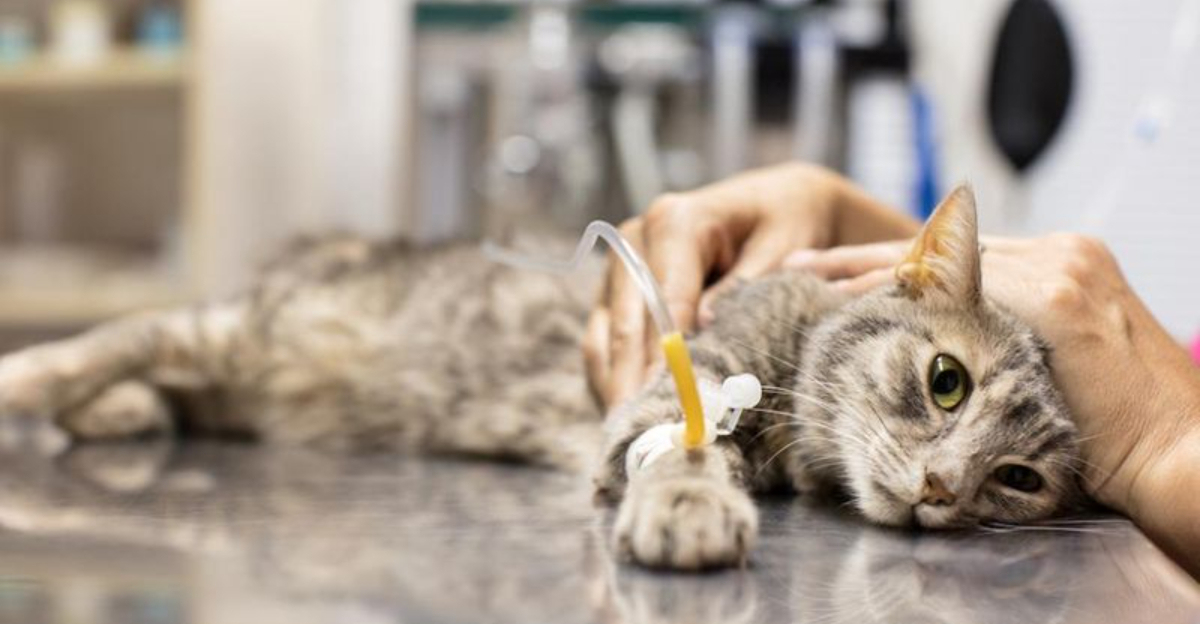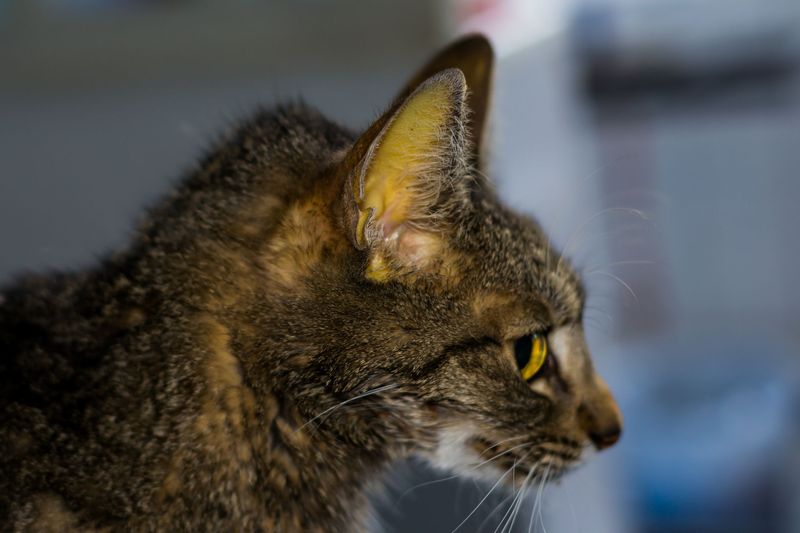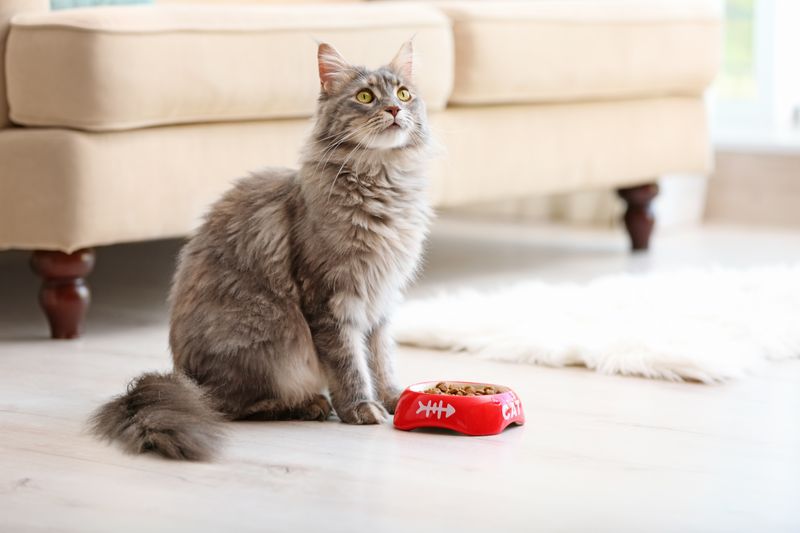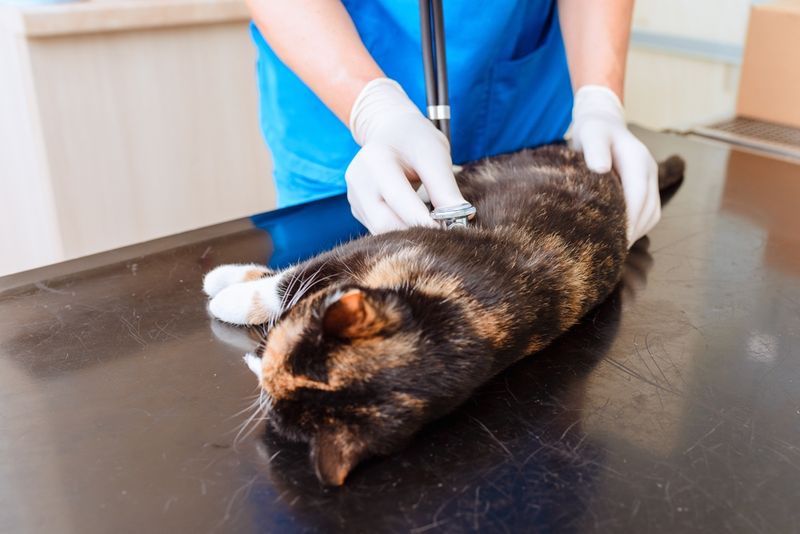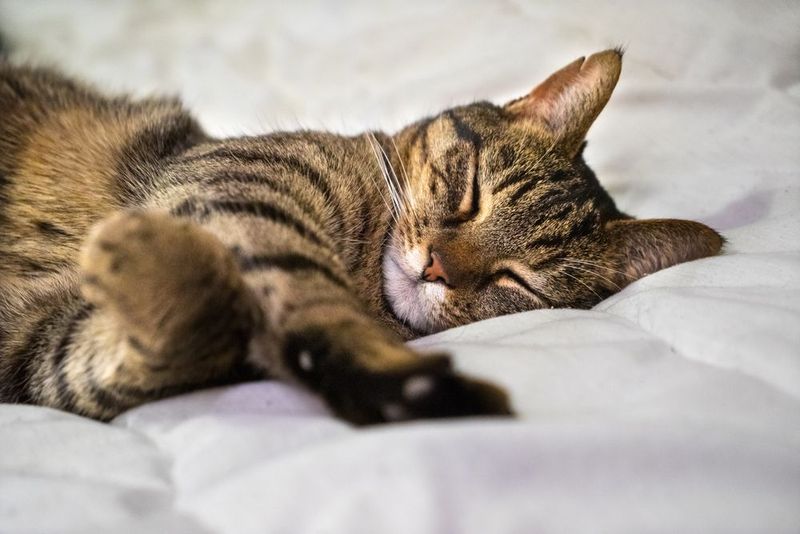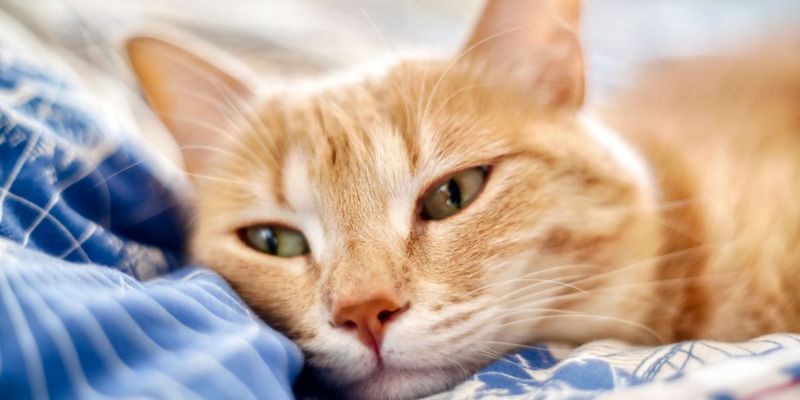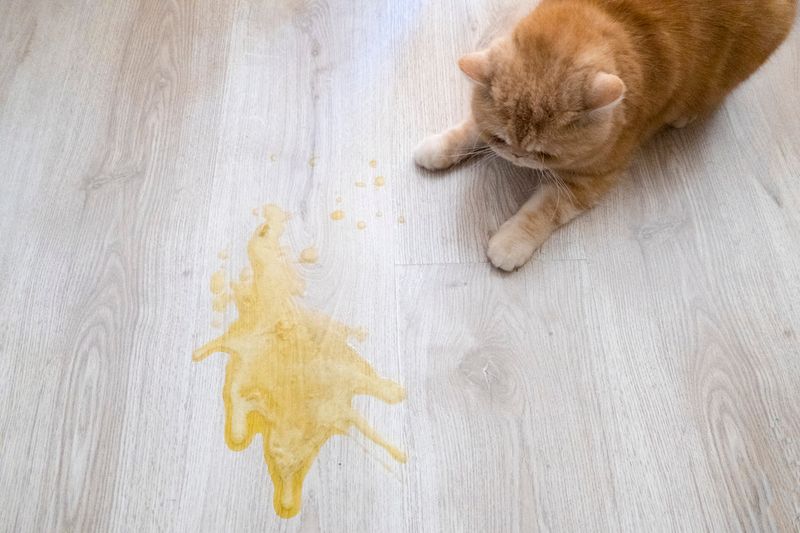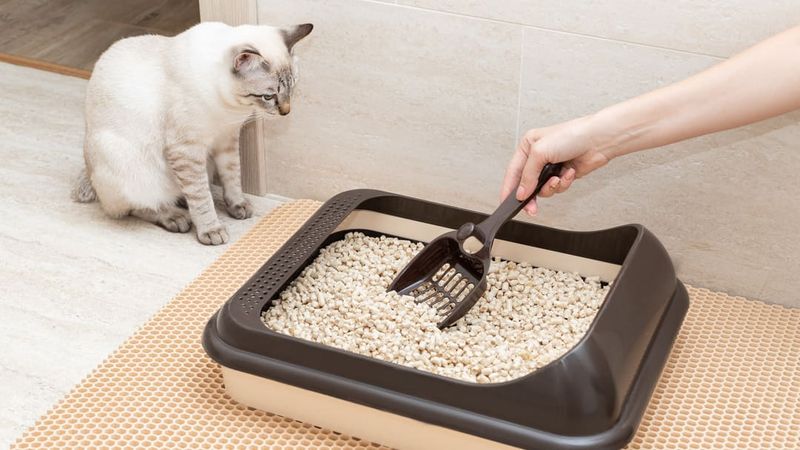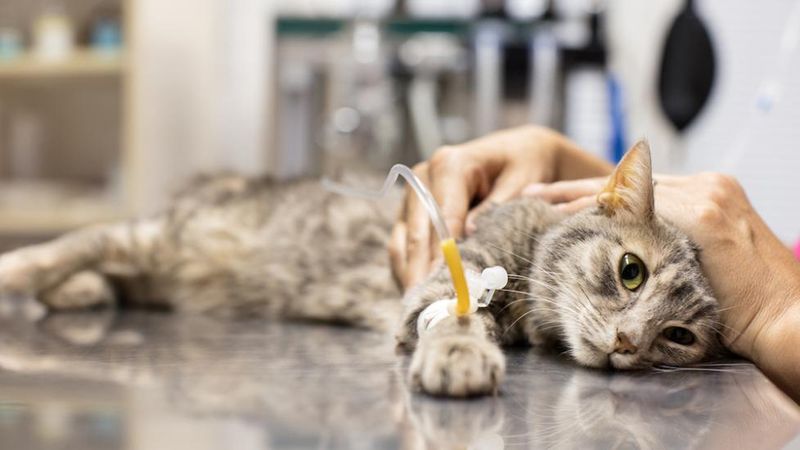📖 Table of Content:
When it comes to feline health, the bile duct often doesn’t receive the attention it deserves — until something goes wrong. The bile duct plays a crucial role in helping a cat’s body digest fats by transporting bile from the liver and gallbladder to the small intestine. When this important passage becomes blocked, it can lead to severe complications that demand immediate veterinary attention.
Cats are notoriously good at hiding pain and discomfort, which makes it all the more critical for owners to recognize subtle warning signs. A blocked bile duct doesn’t always present with obvious symptoms at first, but as the condition worsens, a combination of physical and behavioral changes will often emerge. Knowing what to look for could make a significant difference in how quickly your cat receives the care it needs.
In this article, we’ll explore some of the most common signs associated with bile duct obstruction in cats. From changes in your cat’s appearance to shifts in daily habits, every symptom carries an important message. Early detection can be the key to preventing further complications and improving your cat’s chances of a full recovery.
1. Jaundice
Yellowing of the skin, gums, and the whites of the eyes is one of the most noticeable signs of a bile duct blockage. As bile cannot flow normally, bilirubin accumulates in the bloodstream and causes this distinct discoloration. Owners may first spot these changes around the mouth or inside the ears, where fur is thinner. Some cases may start with only mild yellowing that progressively worsens if left untreated. The liver’s inability to process bile properly is directly responsible for this symptom. Often, jaundice will be paired with other general signs of illness, making it critical not to dismiss it. A quick visual check at home might reveal a problem before it becomes critical.
2. Loss of Appetite (Anorexia)
Turning away from meals or eating far less than usual can be an early indicator that something serious is wrong internally. Cats suffering from a blocked bile duct may feel nauseous or uncomfortable, leading to a sharp drop in food intake. Over time, even treats or favorite foods may fail to entice them. Appetite loss is not only a symptom but also worsens the cat’s general health by depriving it of necessary nutrients. Reduced energy levels and rapid weight loss can follow quickly after the onset of anorexia. Keeping track of your cat’s eating habits daily can help you catch issues before they escalate. Sudden or gradual disinterest in food should always be a cause for concern.
3. Vomiting
Frequent vomiting is another troubling sign that often accompanies bile duct obstruction. The buildup of toxins and waste products that should be processed through the liver overwhelms the digestive system. Cats may vomit bile itself — a yellow or greenish fluid — or partially digested food. Some episodes may be sporadic, while others become frequent and forceful as the condition advances. Unlike simple hairball vomiting, this kind tends to look more alarming and occur without obvious triggers. Persistent vomiting can also lead to dehydration, creating an even more serious situation. Monitoring the frequency, color, and contents of vomit can give vital clues to underlying health problems.
4. Lethargy
Unusual tiredness or lack of interest in usual activities often signals a deeper problem brewing beneath the surface. Cats that normally race around the house, climb furniture, or eagerly chase toys might suddenly seem withdrawn. Lethargy results from the body’s struggle to manage toxin levels and insufficient digestion due to the bile flow blockage. Resting far more than normal or avoiding social interaction are strong behavioral indicators. Some cats may hide for extended periods, retreating to quiet, dark places. Changes in movement patterns, such as walking more slowly or appearing weak, can also accompany lethargy. Taking note of a cat’s energy over time helps differentiate between normal rest and signs of serious illness.
5. Weight Loss
Dropping weight unexpectedly, especially over a short period, often points to a medical emergency. Cats with a blocked bile duct are unable to properly absorb nutrients from their food, even if they manage to eat some. Muscle wasting and loss of fat reserves can become visible, especially along the spine, hips, and shoulders. As the condition persists, the body consumes its own reserves to survive, worsening the cat’s overall condition. Sometimes owners notice the weight loss only after significant deterioration has already occurred. Routine weighing at home can catch slight changes before they become severe. Rapid, unexplained weight loss should never be ignored.
6. Abdominal Pain or Sensitivity
Reactions like flinching, vocalizing, or pulling away when the abdomen is touched suggest internal discomfort. Cats suffering from a bile duct blockage may exhibit clear signs of abdominal pain, especially if inflammation or infection is present. Some cats will assume a hunched posture to try to ease the pressure they feel inside. Observant owners might spot subtle shifts in how their cat carries its body when walking or resting. Guarding behavior — where the cat actively avoids touch or curls protectively — is another common sign. It’s important not to mistake this tenderness for a general dislike of petting. When pain is involved, seeking veterinary evaluation becomes urgent.
7. Dark Urine
Dark or tea-colored urine often indicates that bilirubin levels are abnormally high in the body. As the liver struggles to manage bile production and transport, more bilirubin is pushed out through the kidneys. Cats may not show signs of distress while urinating, making the color change one of the only outward clues. Checking the litter box daily for abnormalities in urine appearance and smell can provide important hints. Dark urine may sometimes be accompanied by stronger-than-normal odors. This symptom alone warrants veterinary investigation to prevent additional damage to the liver or kidneys. Addressing the root cause early can spare your cat from further complications.
8. Pale or Clay-Colored Stools
Noticeably lighter or gray-toned feces suggest that bile is not reaching the intestines as it should. Normally, bile gives feces its characteristic brown color by helping to digest fats during the digestive process. When the duct is blocked, this flow is interrupted, and stool appearance changes as a result. Owners may notice that stools not only look unusual but also appear dry or crumbly. Changes in bowel habits, such as constipation or diarrhea, might accompany the color shift. Routine inspection of the litter box can reveal these important health clues. Any drastic or persistent change in stool color should be addressed with a veterinarian.
9. Fever
A mild to high fever can occur when infection sets in behind a bile duct blockage. The immune system recognizes the threat and raises the body’s temperature in an attempt to fight off the infection. Cats with a fever may seem even more lethargic, pant heavily, or have warm ears and paws. Some cats also display chills, shivering, or an aversion to being touched. Monitoring body temperature in cats can be tricky without veterinary tools, but behavioral changes often provide early clues. Catching an underlying infection quickly can help prevent dangerous systemic issues. Fever is always a sign that something serious may be brewing internally.
